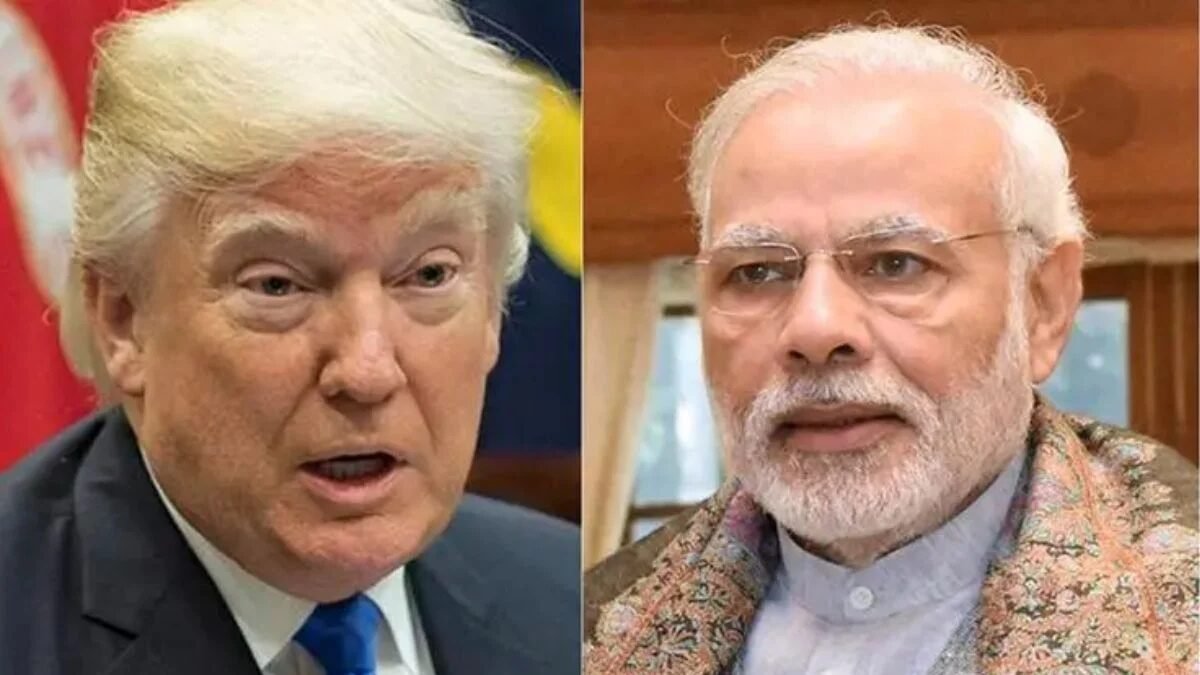Trump Tariffs: Explore Trump’s 2025 tariffs, including new rates on imports like steel, aluminum, and goods from China. Learn how these policies affect global trade, industries, and consumer prices.

Trump Tariffs: Impact, Key Details, and Global Repercussions
President Donald Trump’s tariffs have become a defining feature of his trade policy during his second administration, marking a sharp escalation in protectionist measures. These tariffs aim to address trade deficits, protect American industries, and counter perceived unfair practices by trading partners. However, they have sparked global trade tensions and significant economic consequences. Here’s a comprehensive overview of Trump’s tariffs in 2025 and their implications.
What Are Trump’s Tariffs?
Trump’s tariffs are import taxes imposed on goods entering the United States. In 2025, these measures include:
- Universal Baseline Tariff
- A 10% tariff on all imports, effective April 5, 2025.
- Higher tariffs ranging from 11% to 50% on imports from “major offenders,” including China, India, and the European Union.
- Country-Specific Tariffs
- China faces an effective tariff rate of up to 145%, combining new and existing duties.
- India’s tariff rate has been revised to 26%, down from 27%.
- The EU faces a 20% tariff on imports.
- Industry-Specific Tariffs
- A 25% tariff on steel, aluminum, and automobiles from all countries.
- Additional tariffs targeting pharmaceuticals, computer chips, and consumer goods.
Why Are These Tariffs Being Imposed?
Trump has framed these tariffs as essential for:
- Reducing Trade Deficits: The administration views trade deficits as harmful to the U.S. economy.
- Protecting Domestic Manufacturing: By making foreign goods more expensive, the tariffs aim to encourage domestic production.
- Countering Unfair Practices: Countries accused of currency manipulation, contraband trafficking, or imposing non-tariff barriers face higher rates.
Economic Impact of Trump’s Tariffs
- Revenue Generation
- The tariffs are projected to raise $2.2 trillion over the next decade but at a cost to economic growth5.
- Impact on Consumers
- Increased prices for imported goods such as cars, electronics, and household items.
- An estimated $1,300 annual tax increase per U.S. household due to higher costs5.
- Effect on Industries
- Macroeconomic Consequences
Global Trade Tensions
Countries targeted by Trump’s tariffs have responded with retaliatory measures:
- China: Imposed up to 125% tariffs on U.S. agricultural products like pork and soybeans12.
- Canada & Mexico: Announced counter-tariffs on U.S. goods worth billions of dollars12.
- European Union: Facing higher costs for exports due to the new duties4.
These retaliations exacerbate trade conflicts, potentially leading to prolonged disruptions in global supply chains.
Key Industries Affected
| Sector | Impact |
|---|---|
| Automotive | Higher car prices; factory closures610. |
| Steel & Aluminum | Increased production costs; job losses7. |
| Consumer Electronics | Supply chain disruptions; price hikes13. |
| Agriculture | Decline in exports; retaliatory tariffs12. |
Criticism and Controversy
Economists argue that Trump’s tariff policies are simplistic and counterproductive:
- The reciprocal tariff formula has been criticized as unilateral rather than reciprocal1.
- Media outlets highlight the risk of a recession due to reduced consumer spending and lowered GDP growth projections15.
Final Thoughts
Trump’s tariffs represent one of the most aggressive protectionist moves in modern U.S. history. While they aim to bolster domestic industries and reduce trade deficits, they come with significant economic risks—higher consumer costs, strained international relations, and potential job losses across key sectors.
For businesses and consumers alike, navigating these changes will require adaptability as global trade dynamics continue to shift under Trump’s policies.






















Many thanks! A good amount of forum posts.
casino en ligne
With thanks. A lot of information!
meilleur casino en ligne
Good write ups, Many thanks.
meilleur casino en ligne
Position effectively used..
casino en ligne
Amazing facts. Thank you.
meilleur casino en ligne
Valuable knowledge Kudos!
casino en ligne francais
Regards. Very good information.
casino en ligne
Amazing a good deal of beneficial data.
casino en ligne
Great material, Thanks!
casino en ligne
Nicely put, Regards!
casino en ligne